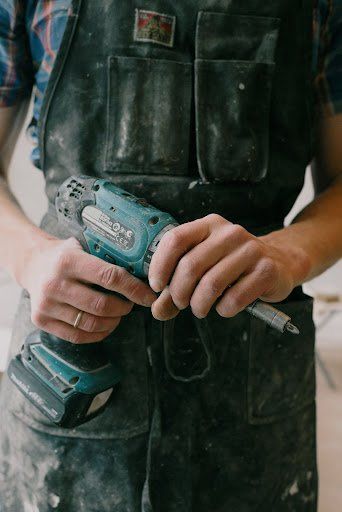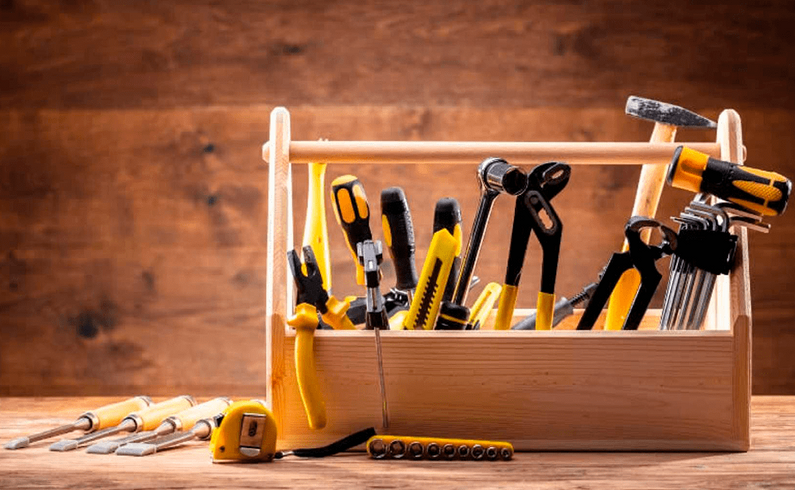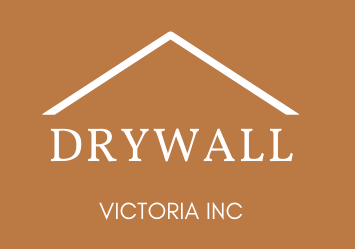Why You Should Consider Steel Framing For Building?
Why You Should Consider Steel Framing For Building
No one can downplay the importance of steel in the evolution and industrialization of the human race. Steel, readily abundant in different parts of the world, has played and is still playing a significant role among other earth metals in shaping the planet. Steel has helped produce cars, trains, ships, guns, machines, and spacecraft designed to explore the galaxy. In the area of construction, steel frames have formed the foundation for which most houses, airports, bridges, and other structures rely on strength. Its popularity among architects and engineers, especially when building tall structures has made many people debate its benefits when compared to other types of structural frames. Here are some of the benefits of steel frames in building construction.
It Saves Time
With the current housing crisis the world is facing, every client wants their buildings to be done in record time without any reduction in quality. This increasing demand for fast high-quality buildings can be achieved by using steel framing. Steel framing is one of the few shortcuts to building a high-standard structure at a fast pace. With most of the steel frames already designed to specific shapes, sizes, and quality at the manufacturing plant, your task as an engineer is to fit those frames into the building plan on the site, reducing structural errors and saving time.
Durability
Steel framing has the advantage over wood and concrete when it comes to the ability to stand the test of time. Steel frames, despite being lighter than concrete, are designed in such a way that it makes them stronger than concrete. Its components, an alloy of durable metals, make it more suitable for high-standard structures when compared with wood frames. Steel frames are also eco-friendly.
Cost Effective
Economically, steel is the best material for building in the long run. Its price is currently low, making it the most cost-effective construction material. Steel possessing durable qualities reduces its maintenance cost over time, justifying every penny spent during the construction. Also, the fact that steel framing reduces construction time allows you to work within a smaller budget to produce high-standard structures.
Resistance
Structural frames made of wood are highly vulnerable to pests and insects in the long run. They offer little resistance, making them unsuitable for high-quality, long-lasting buildings. On the other hand, steel framing is highly resistant to pests, and when treated or coated with zinc and anti-rust agents, it can also be highly resistant to moisture. Steel framing Victoria BC is one of the places where engineers source the best structural frames and other construction materials.
Flexibility
Steel frames make it easy to achieve a particular design or shape in a building. The steel frame's ability to be molded into any shape and size during manufacturing and its durability and strength make it the most flexible material for building construction.
Conclusion
Despite all the immense benefits of using steel framing, it has disadvantages. Some disadvantages include thermal and electrical conductivity and reduced flexibility on the building site.
You might also like



